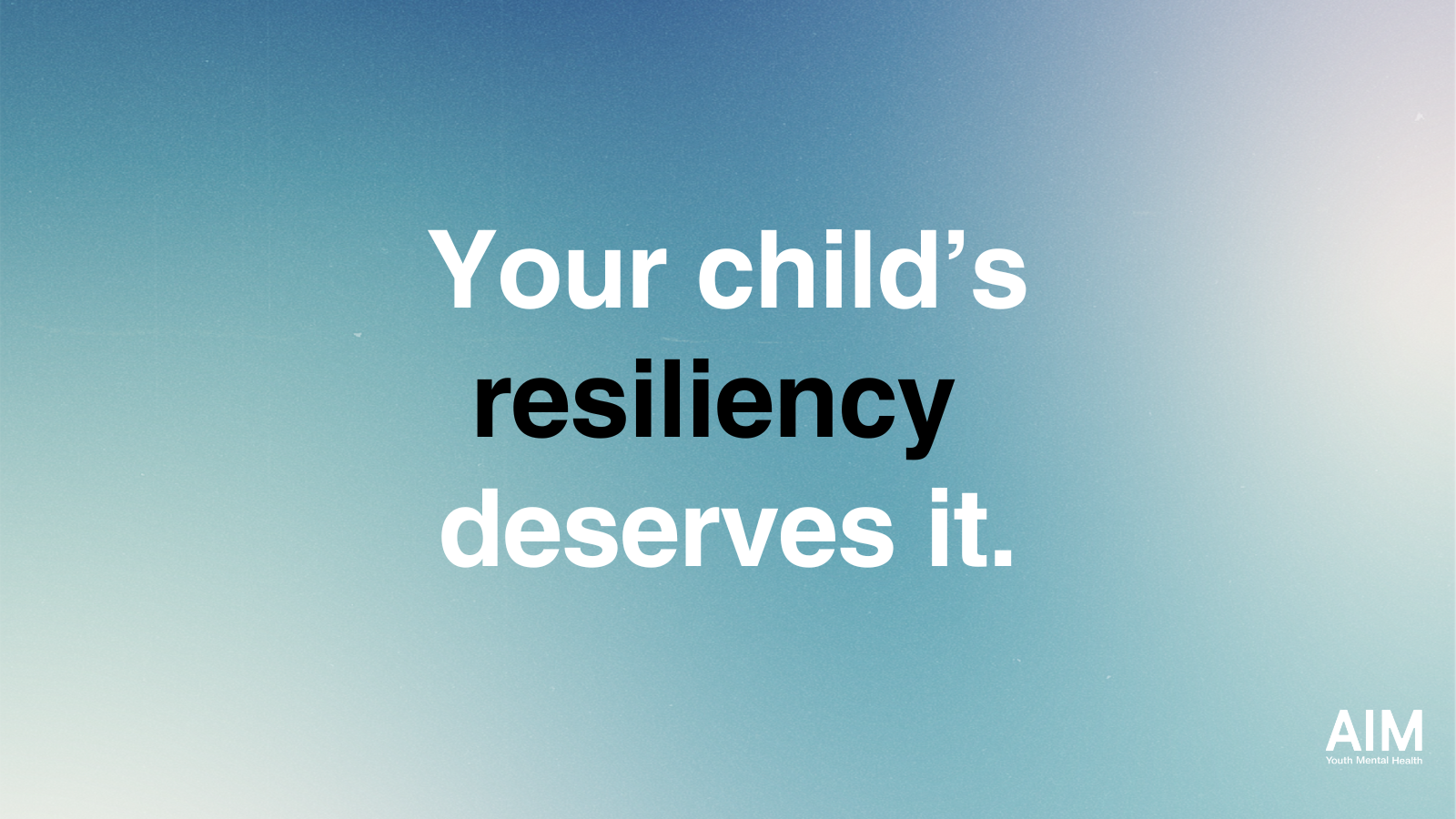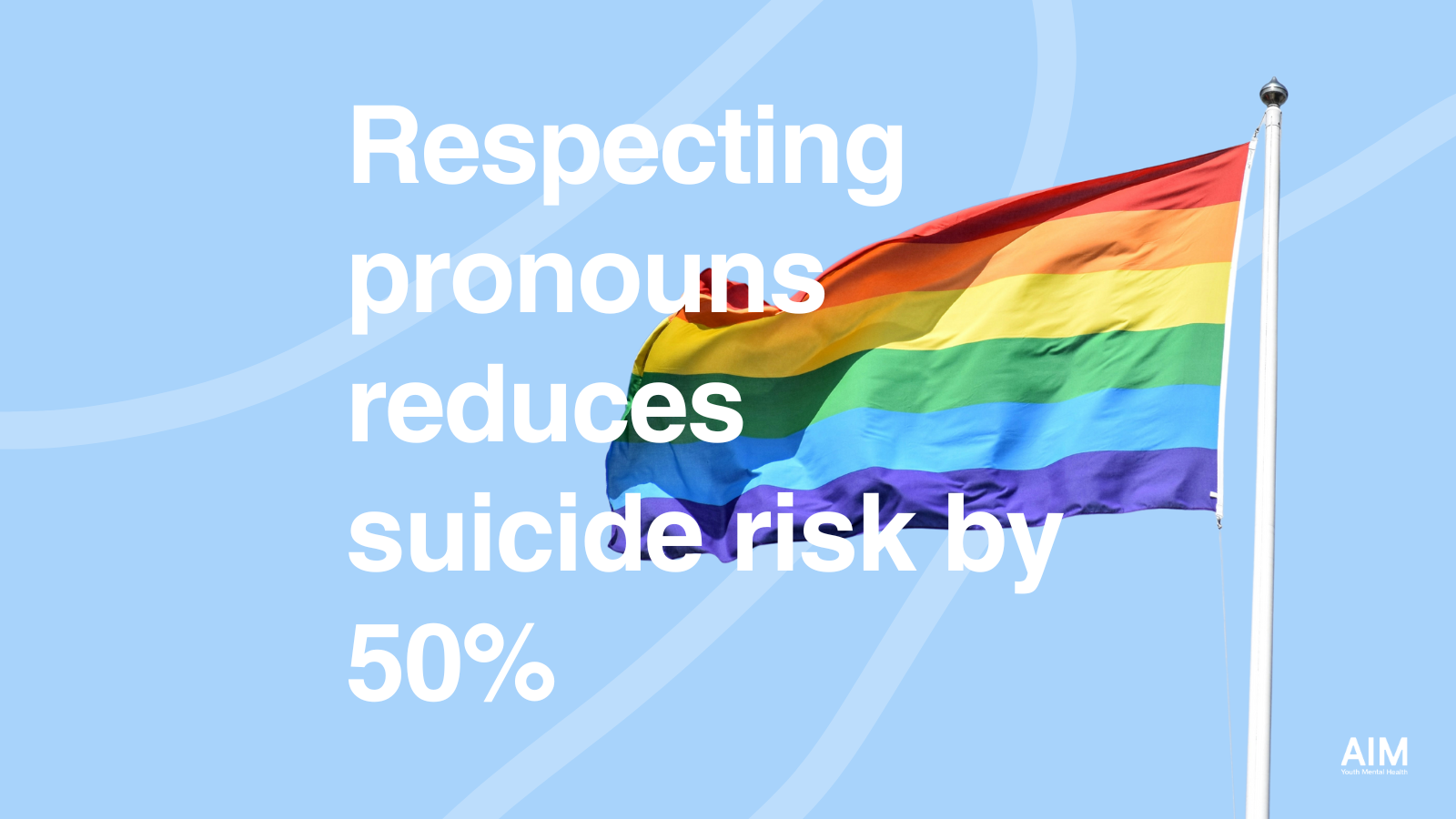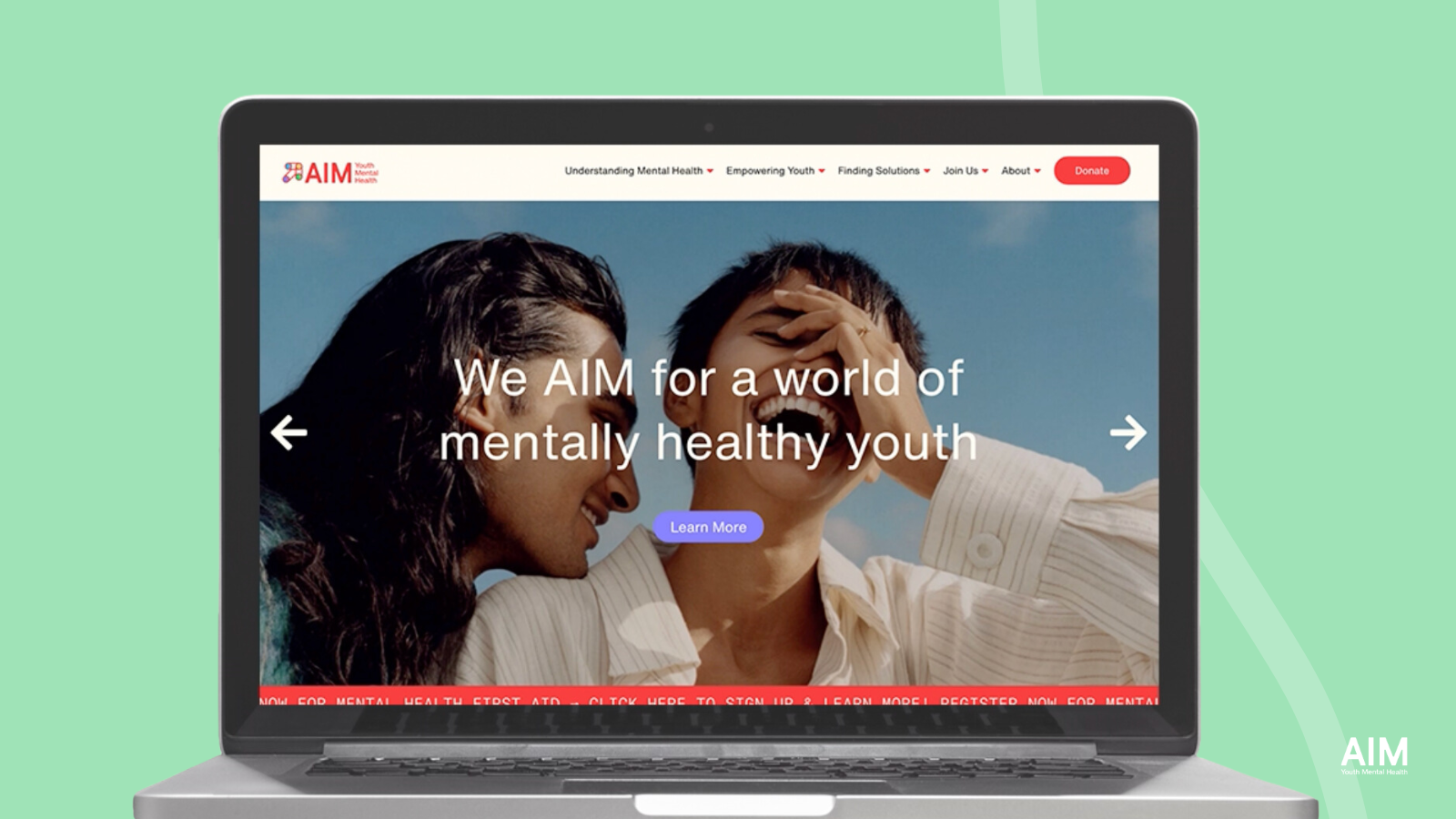LONDON — England is in the midst of a unique national experiment, the world’s most ambitious effort to treat depression, anxiety and other common mental illnesses.
The rapidly growing initiative, which has gotten little publicity outside the country, offers virtually open-ended talk therapy free of charge at clinics throughout the country: in remote farming villages, industrial suburbs, isolated immigrant communities and high-end enclaves. The goal is to eventually create a system of primary care for mental health not just for England but for all of Britain.
At a time when many nations are debating large-scale reforms to mental health care, researchers and policy makers are looking hard at England’s experience, sizing up both its popularity and its limitations. Mental health care systems vary widely across the Western world, but none have gone nearly so far to provide open-ended access to talk therapies backed by hard evidence. Experts say the English program is the first broad real-world test of treatments that have been studied mostly in carefully controlled lab conditions.
The demand in the first several years has been so strong it has strained the program’s resources. According to the latest figures, the program now screens nearly a million people a year, and the number of adults with common mental disorders who have recently received some mental health treatment has jumped to one in three from one in four and is expected to continue to grow. Mental health professionals also say the program has gone a long way to shrink the stigma of psychotherapy in a nation culturally steeped in stoicism.
“You now actually hear young people say, ‘I might go and get some therapy for this,’” said Dr. Tim Kendall, the clinical director for mental health for the National Health Service. “You’d never, ever hear people in this country say that out in public before.”
A recent widely shared video of three popular royals — Prince William, Prince Harry and Kate, Dutchess of Cambridge — discussing the importance of mental health care and the princes’ struggles after their mother’s death is another sign of the country’s growing openness about treatment.
The enormous amount of data collected through the program has shown the importance of a quick response after a person’s initial call and of a triage-like screening system in deciding a course of treatment. It will potentially help researchers and policy makers around the world to determine which reforms can work — and which most likely will not.
“It’s not just that they’re enhancing access to care, but that they’re being accountable for the care that’s delivered,” said Karen Cohen, chief executive of the Canadian Psychological Association, which has been advocating a similar system in Canada. “That is what makes the effort so innovative and extraordinary.”
‘I Came Out of the Box’
Oliver is the just the type of person the program’s two creators had in mind when they first proposed that the government fund it, a decade ago.
At 30, he was scrambling to manage a job and a young family — and unraveling fast. After nights out with friends, he would wake up the next morning with a visceral sense that he had done something awful.
“I knew I’d done nothing wrong, I knew it, but I would start to think, ‘O.K., I better check to make sure — that, like, I hadn’t hit somebody, or something,’” said Oliver, now 32 and a graphic designer outside London, who asked that his last name be omitted to protect his privacy. By the spring of 2015, after the birth of Oliver’s second child, the anxiety had so infiltrated his life that he had trouble leaving the house. “I was broken,” he said.
In 2005 David Clark, a professor of psychology at Oxford University, and the economist Richard Layard, a member of the House of Lords, concluded that providing therapy to people like Oliver made economic sense.
“We made the case that, just on lost work alone, the program would pay for itself,” Dr. Layard said in an interview in his office at the London School of Economics.
Dr. Clark, in his university office, said: “If someone has a broken leg, he or she immediately gets treatment. If the person has a broken soul, they usually do not.”
The program began three years later, in 2008, with $40 million from Gordon Brown’s Labour government. It set up 35 clinics covering about a fifth of England and trained 1,000 working therapists, social workers, graduates in psychology and others. The program has continued to expand through three governments, both ideologically left and right leaning, with a current budget of about $500 million that is expected to double over the coming few years.
Under the old system, Oliver might have gotten a drug and, possibly, some general psychological guidance and support. But he had never sought mental health treatment before, and he most likely would have gone years before getting any talk therapy because he had no idea it was available. The area where he lives had scores of practicing therapists but no centralized system for ensuring that people got scientifically backed approaches tailored to their specific problem.
Oliver learned from his doctor about Healthy Minds, the program’s local center, and he immediately called. He got a call back the next day.
The promptness of that initial reply appears to be crucially important, data collected by the program suggest. If patients don’t hear back in the first few days, many of them can be lost for good because the courage it took to make the call can dissipate fast.
Andrew Prinsloo, 43, a graphic designer living in Feltham who had anxieties similar to Oliver’s, said he got a call back minutes after sending an email to Healthy Minds in late 2015. “I was having these terrible thoughts about what I might do and, honestly, I was very reluctant to talk to anyone because I thought they’d lock me up,” he said in an interview.
This first call is more than a scheduling exercise. It is an initiation of therapy, a partly scripted, hourlong evaluation to determine how safe the new client is, how desperate and why. The staff members, known as psychological well-being practitioners, decide in that initial call if low-intensity phone therapy is appropriate, or if the person should be moved up the ladder, to group or individual therapy.
In one such call at the center in High Wycombe, a city near London, a young man named Patrick confessed, in a barely audible voice, that he had thought about suicide and that “things are not good” at work or at home.
“I don’t know what it is — it’s — I’m not very smart, I don’t know,” he said. He was on guard, a little rushed, talking on his lunch break.
After the conversation, Rochelle Joseph, the practitioner, explained in an interview: “That is someone, you can hear it, who probably never talked to anyone about this. It may be the first time he’s said those things out loud. This is someone we would recommend” for more intensive follow-up.
This so-called stepped care approach is similar to the triage most clinics traditionally do, only it is more rigorously standardized and monitored, saving the high-intensity, face-to-face treatments for more severe problems — a system intended to contain costs.
Oliver’s condition was judged serious enough that he got in to see a therapist face to face fairly quickly, within a few weeks. He learned he had obsessive-compulsive disorder. People with O.C.D. have a consuming fear — of germs, say, or, in Oliver’s case, of misbehavior. They escalate that fear by repetitively trying to soothe it, for example by washing their hands or checking that they’ve done nothing wrong.
The gold standard treatment for O.C.D. is cognitive behavior therapy, the most commonly studied psychotherapy for mood problems. In this treatment, usually delivered in weekly hourlong sessions over three to six months, people learn techniques to defuse the automatic thoughts and habits that feed their anxiety or depression. The therapy has been available in England for decades, but typically in cities and with long waiting lists.
In one exercise, for instance, Oliver wrote down what he thought might have happened after a night out, followed by what he subsequently knew had happened — in different-colored ink. That cognitive, or thought-based, process provided some instantaneous relief, he said.
Patients also do simple, real-world experiments, to see if feared consequences materialize. Gemma Szucs, 41, engaged in online sessions of cognitive behavior therapy over 14 weeks through the program in Oxford, for social anxiety so severe that she couldn’t bear boarding a bus because it meant attracting momentary stares from other passengers. She was referred to the program by her general practitioner.
One of the behavior experiments she tried was to carry on a loud, pretend conversation on her cellphone in the grocery store, saying things like, “I just got a call from David Cameron, and he wants to talk to you!” she said, referring to the then prime minister.
“I had to really build myself up to do this,” she said. “But then when I finally did it, no one batted an eyelid. Nothing. I felt ridiculous for worrying about it at all.”
Oliver’s challenge was to work his way through a list of previously routine activities that had become terrifying, like driving (lowest on the list) and jogging in a remote area of the woods (at the top).
“It was hard, but I got through it,” he said. “The therapy worked — I came out of the box I was living in.”
The program’s services closely track people’s conditions using two standard questionnaires filled out each week of treatment — one for depression and one for anxiety — and log the findings in a government database (clients are anonymous in those reports).
This data gathering does not amount to a “controlled” experiment in that there is no matched group of people getting a placebo treatment, or no treatment at all, for comparison. But the data collected show that the recovery rate of those who engage in at least two sessions of therapy has increased to 50 percent today, from an average of about 45 percent a few years back, as high as the most positive lab studies of the therapies, which often have idealized conditions. How long that recovery lasts, and for whom, are unknowns; the program intends to build in longer-term follow-up measures.
The projected cost savings countrywide have been difficult to determine, given all the other economic factors in a $3 trillion, diversified economy. But the recovery numbers have given Dr. Clark and Dr. Layard enough ammunition to argue for, and receive, funding from three governments in a row.
A Mental Health Waiting List
Psychotherapy-for-all has some limitations, and no shortage of critics willing to name them.
For instance, the program has delivered mostly one kind of therapy, cognitive behavior therapy. The National Health Service’s guidelines include other treatments, however, including interpersonal therapy, which focuses on improving relationships, and a short-term form of analysis rooted in Freudian ideas.
“If you think C.B.T. is the end-all, then you don’t understand mental health,” said Peter Kinderman, president of the British Psychological Society. “So if the program turns into a C.B.T. monopoly, that’s bad. But I’m an optimist; I think we’ll begin to see multifactorial approaches as the program matures.”
Some critics say the program has already altered how general practitioners operate. The services have become so popular that most clients now make an appointment on their own, bypassing G.P.s as the traditional gatekeepers.
The trade-off, said Dr. Rachel Jenkins, a professor emeritus at King’s College London, is that primary care doctors “know less about mental health than they did 20 years ago; they’ve become de-skilled.”
The biggest challenges may be those created by runaway demand. Therapists are booked solid; some are juggling 25 clients at a time, and the line to get in the door is long, creating the same complaints about waiting lists that the National Health Service has for many medical services and procedures. The average wait is 31 days for a course of therapy, typically shorter for the online variety and longer for face-to-face treatment.
Directors of the local centers have managed this caseload with the tools they have, in part by seeing to it that would-be clients get educational materials or online resources right away, to give them something to study while they wait for an appointment.
Sarah Norman, 45, a pediatric nurse who sought help from the Oxford center last year for depression, said she was referred to group therapy because the waiting list for individual therapy was so long. When the group therapy ended after four sessions, she remembered: “I was a bit frustrated. I thought I could have used a couple more sessions.”
She did, in time, improve, and is very grateful for the treatment. The same cannot be said with any certainty about the 40 percent of people who the data show were lost to the program after the initial assessment phone call. About two-thirds of them were not depressed or anxious enough to qualify for the therapy, or decided it wasn’t for them, Dr. Clark’s data shows.
That leaves about 125,000 men and women who may have needed help but didn’t get it. “These are people we’d like to reach, and we are pushing the services hard to do that,” Dr. Clark said.
Expanding the Reach
John Pimm, the psychologist who directs the Buckinghamshire center, found in 2013 that he could strikingly raise recovery rates by having his therapists give some patients two or three extra sessions; and by extending call times for phone therapy, working more carefully at the critical junctures, when people begin, or end, therapy.
“We have created this program, and now we are playing catch-up,” Dr. Pimm said in an interview in his office in High Wycombe. “We cannot train therapists fast enough, and the low-intensity phone therapists turn over pretty quickly. We have to figure out how to keep them in the job longer.”
This is where the online therapy software programs, still relatively new, may play a crucial role. Young men in particular, who can be difficult to bring in for face-to-face therapy, are often willing to work diligently on the computer and by phone. “The online and low-intensity options have been absolutely crucial for us,” said Judith Chapman, who runs the Berkshire service. “And we have gotten good recovery rates with them.”
For those outside England trying to improve access to mental health care, these problems pale in the face of untreated emotional problems, which are most common in young people. Oliver is back to work; Andrew Prinsloo is doing well, also working, as are Gemma Szucs and hundreds of thousands more — in most cases, without having to start or increase medications.
“For me, honestly, I’m the last person who would try talk therapy,” Oliver said. “I still can’t believe it worked.”
Correction: July 28, 2017
An article on Tuesday about England’s ambitious effort to treat depression, anxiety and other common mental illnesses misstated the name of one type of therapy included in the National Health Services’ guidelines. It is interpersonal therapy, not intrapersonal therapy.
Correction: August 7, 2017
Because of an editing error, an earlier version of a picture caption with this article misspelled the surname of a woman who participated in a program in England offering free talk therapy. She is Gemma Szucs, not Szuc.
Correction: August 29, 2017
An earlier version of this article incorrectly described the portion of adults in England who received treatment through the country’s free talk therapy program. One in three adults with common mental disorders have recently received treatment through the program, not one third of all adults.
Read the original article in full on nytimes.com.





